Love Is A Unifying Force In Powerful Photos Of Genocide Survivors
Love can overcome any obstacle, even death.
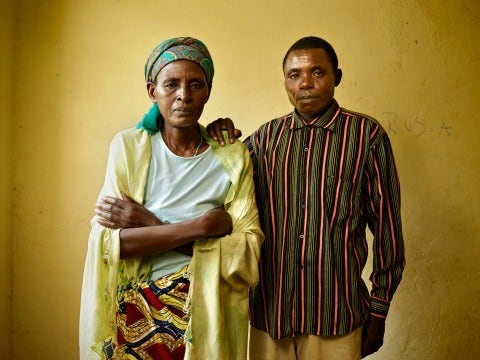
It is estimated that 500,000–1,000,000 Rwandans were killed during the genocide that lasted from April to July of 1994, when the Hutus slaughtered much of Rwanda's Tutsi population. Now, twenty years later, the country is trying to come together in peace and forgiveness. Perpetrators are being counseled to seek forgiveness from the survivors, the people whose family members were murdered and whose homes were destroyed.
In a moving new photo essay, soon to open at The Hague, photographer Pieter Hugo captures both the sadness and the hope of the survivors and perpetrators. The survivors pictured here have all granted their forgiveness, an action born as much out of genuine mercy as a desire to move forward.
Some pairs have even forged closer bonds than one would expect. Certain perpetrators have sworn to stand by their survivors no matter what, providing help in any way they can. Evasta Mukanyandwi described how she used to fear Godefroid Mudaheranwa, the man who burned down her house and nearly murdered her and her children. Now, however, she turns to Godefroid when she has a problem or needs help. She doesn't have to live in fear anymore.
It is astounding what love can do. Whether it is the memory of a lost loved one that makes a survivor want to honor their memory with clemency, or the love of a country torn apart by genocide. Love unites us in the most unexpected ways.
See the astounding photos from Pieter Hugo below.
1.Jean Pierre Karenzi (perpetrator, left) & Viviane Nyiramana (survivor)
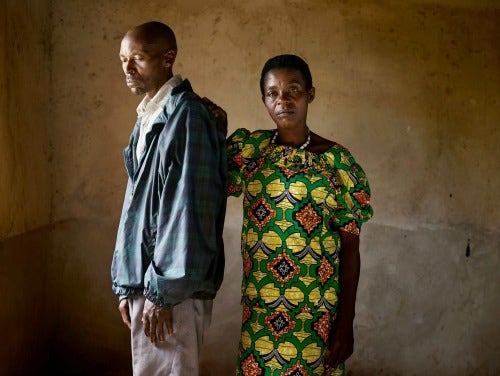
2.Godefroid Mudaheranwa (perpetrator, left) & Evasta Mukanyandwi (survivor)
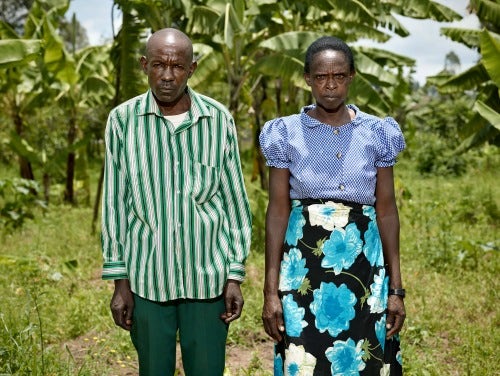
3.Juvenal Nzabamwita (perpetrator, right) & Cansilde Kampundu (survivor)
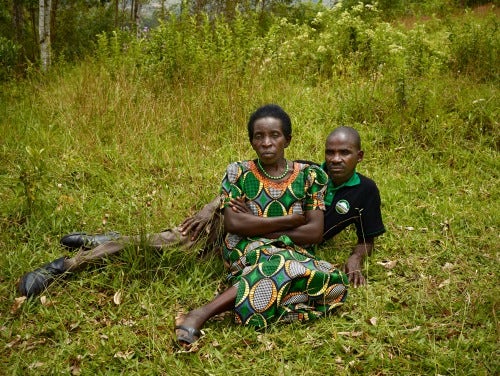
4.Deogratias Habyarimana (perpetrator right) & Cesarie Mukabutera (survivor)
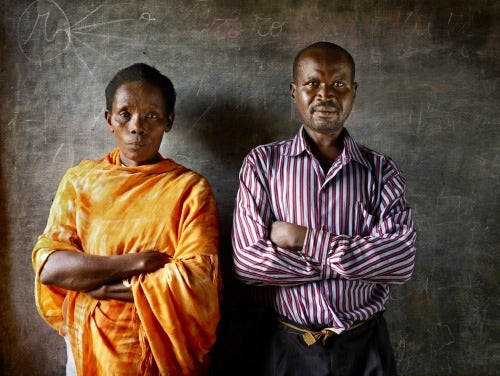
5.François Ntambara (perpetrator, left) & Epiphanie Mukamusoni (survivor)
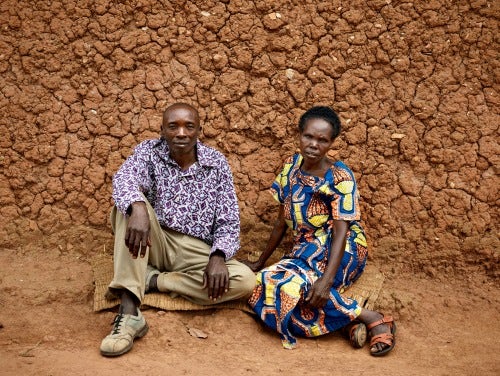
6.Dominique Ndahimana (perpetrator, left) & Cansilde Munganyinka (survivor)
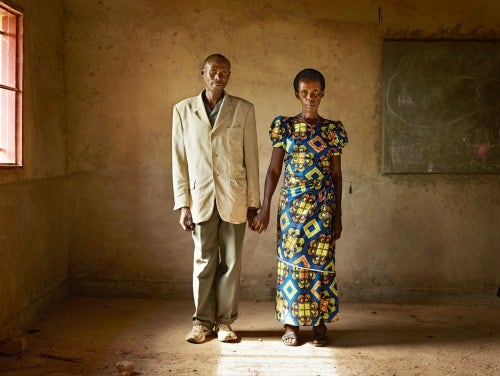
7.Laurent Nsabimana (perpetrator, right) & Beatrice Mukarwambari (survivor)
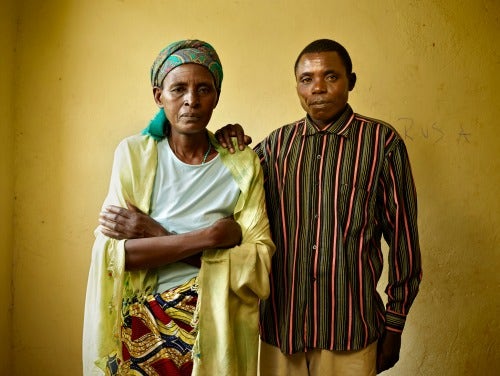
More touching stories from YourTango:

